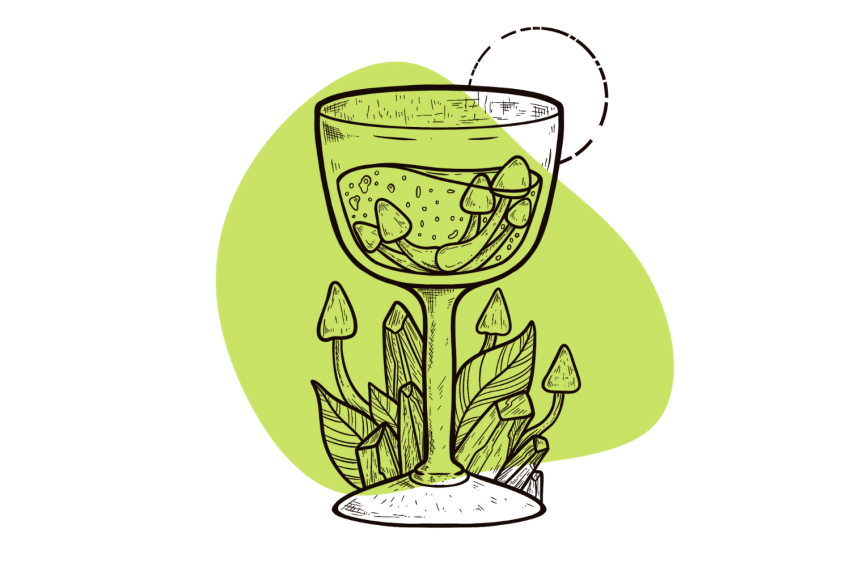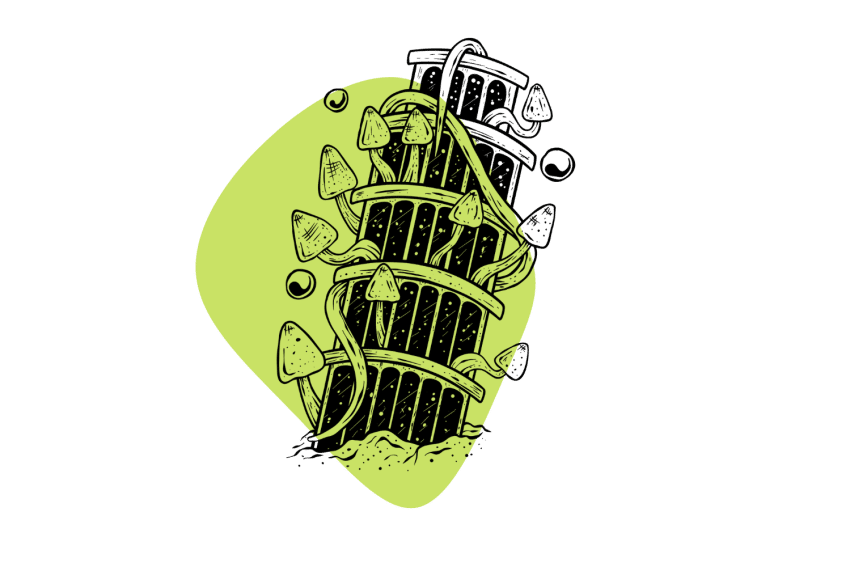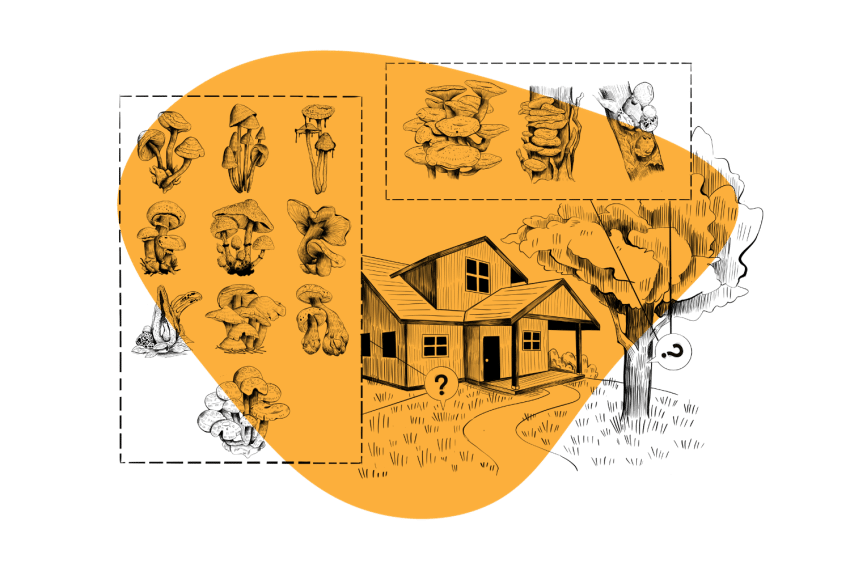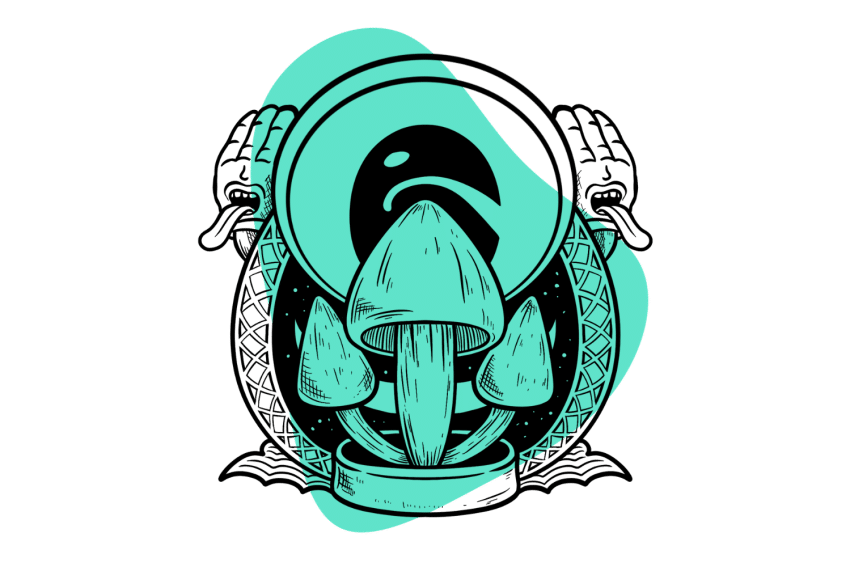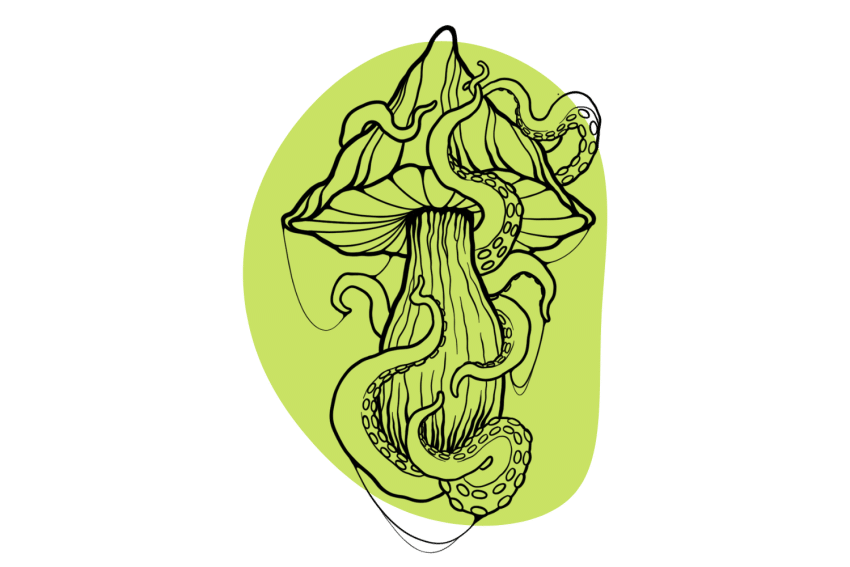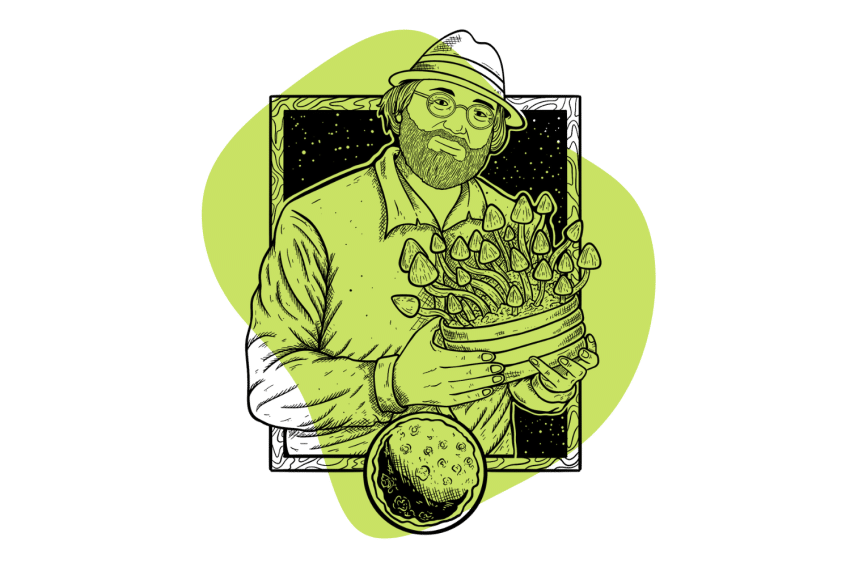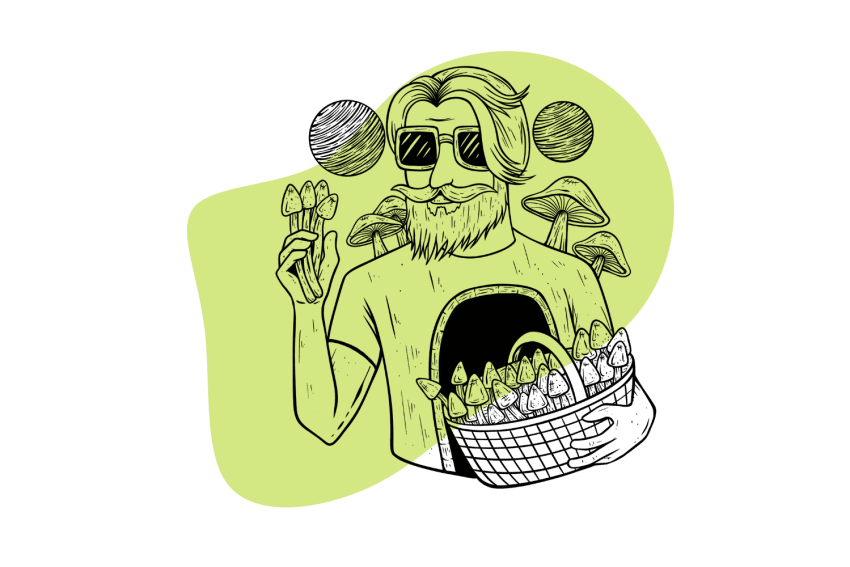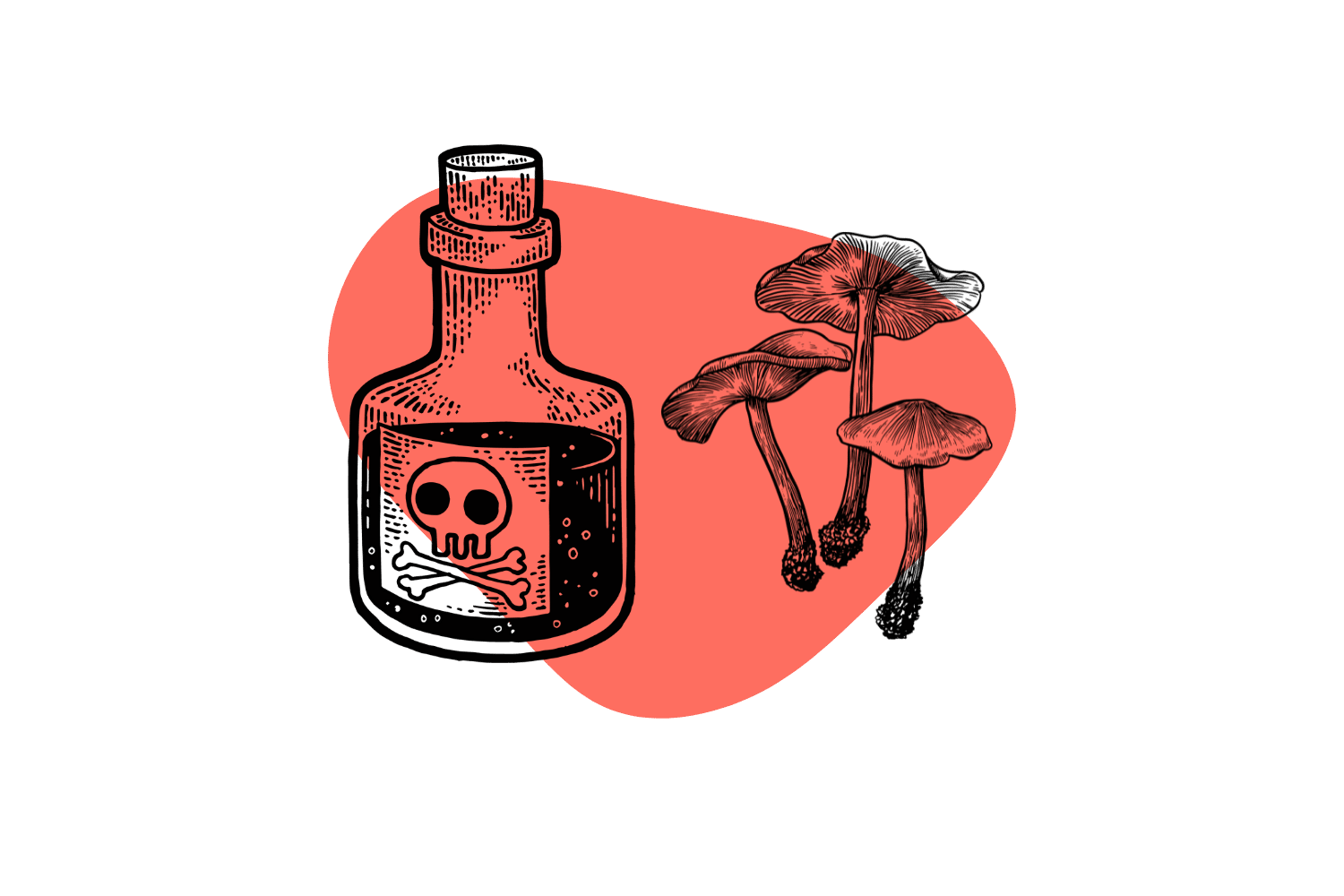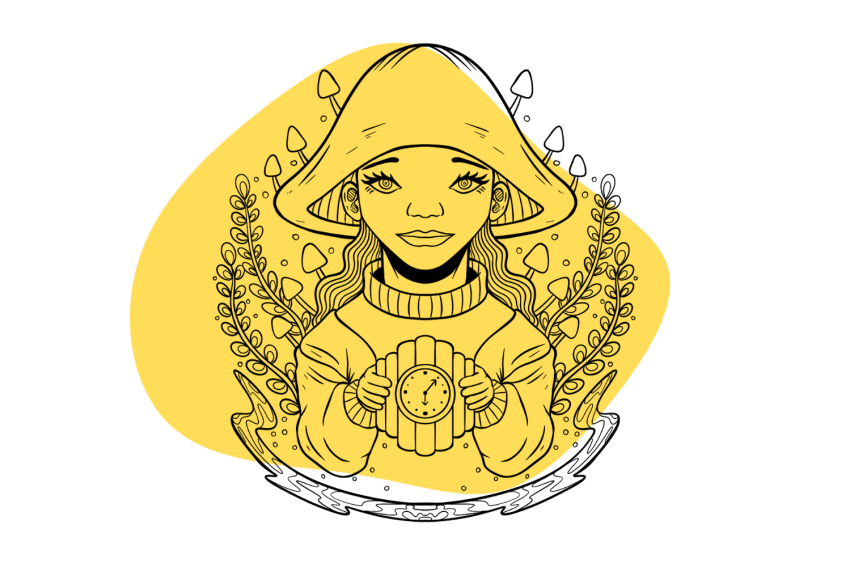Great White Monster Shroom Strain [EXPLAINED]
Looking for an easy-to-grow strain that produces massive ghostly-white mushrooms? Great White Monster may be the choice for you…

The Great White Monster strain is relatively new on the scene. It’s a hybridization of the Puerto Rican strain and the A+ strain. These non-pigmented fruits boast above-average potency and an impressively large size.
As far as we know, Great White Monster is the only known Psilocybe cubensis strain to produce both albino and leucistic spores. The majority of the fruits are leucistic — mostly white but capable of producing pigment. However, the spores released during sporulation can be completely white, like an albino, or a rusty color similar to Golden Halo.
This unusual trait makes it unique out of the 100s of Psilocybe cubensis strains.
Great White Monster is an aggressive, contamination-resistant colonizer capable of growing in an unoptimized environment. However, it’s a slow fruiter — taking almost twice as long as a typical cube strain for the mushrooms to reach maturity.
This strain offers large fruits with above-average potency, decent yields, and maximum bag appeal for the patient cultivator.
In this article, we’ll look at:
- The history of the Great White Monster strain
- The potency of Great White Monster mushrooms
- The Great White Monster strain’s genetic relatives
- Where to buy Great White Monster spores
- How to grow Great White Monster shrooms
- Other albino and leucistic strains of Psilocybe cubensis
I’ll also answer some frequently asked questions about albino and leucistic Psilocybe cubensis strains and other psychedelic mushroom species.
Great White Monster Specs:
| Potency | Average |
| Cultivation | Beginner |
| Species | Psilocybe cubensis |
| Substrate Recommendation | Rye Grain or BRF Cakes |
| Cost | $$ |
| Sold By | Southwest Shroomery |
History of the Great White Monster Strain
The Great White Monster strain is a relatively new Psilocybe cubensis strain. Discovered “accidentally” by the mushroom cultivator known as “NHMI,” this strain is a cross between the Puerto Rican strain and the classic A-Strain.
Apparently, accidental exposure to quaternary reactive ammonium siloxane resulted in an albino/leucistic mutation that was isolated and stabilized until reliable spore samples were produced — resulting in the “Great White Monster” strain. From here, the strain was distributed among the mushroom community.
Potency & Psilocybin Content
We’ve rated the Great White Monster strain as “average” potency — producing somewhere in the range of 0.50% and 0.90% total tryptamines (psilocybin, psilocin, baeocystin, etc). We’ve come to this conclusion by analyzing tryptamine reports from its two mother strains — the Puerto Rican strain and the A+ strain.
Most of the data used to come to this conclusion was obtained from the Oakland Hyphae Psilocybin Cup reports. Unfortunately, a Great White Monster sample hasn’t been submitted to the Cup, and accurate tryptamine test data are unavailable from alternate sources.
Related: What’s the Average Potency of Magic Mushrooms?
Great White Monster Genetic Relatives
The Great White Monster Strain is a hybridization of two Psilocybe cubensis strains. It has a few different genetic relatives that are renowned strains in their own right.
Here are the Great White Monster Strain’s relatives:

1. The Puerto Rican Strain
The Puerto Rican strain is a typical-looking shroom with large caps and thin stems. The original sample was discovered just outside Canovanas in Puerto Rico.
This strain is popular within the mushroom community — many claim it’s one of the strongest strains they’ve tried. Potency-wise, we’ve rated this one as above average — producing a total psychedelic tryptamine content in the range of 0.90% to 1.80%. It’s relatively easy to cultivate, and you can get large yields with minimal effort.

2. The A+ Strain
The A+ strain — also known as A-Strain — is a classic Psilocybe cubensis strain created by the legendary cultivator and frequent Shroomery user “Mr. G.”
This strain is known for its large mushrooms and heavy spore production — dropping masses of thick, black spores as soon as the veil breaks.
The A+ strain has above-average potency and is easily cultivated, even by beginners.

3. The Albino A+ Strain
The Albino A+ strain is a white variation of the A+ strain. Although labeled as albino, it doesn’t show true albinism. This is a leucistic strain — it produces pure white fruits, but the spores carry pigment.
Albino A+ carries the same growth characteristics and heavy spore production as the original A+ strain. However, it’s slightly less potent — producing somewhere in the region of 0.85% total tryptamines.
This is a great beginner strain for those looking to grow their first “albino” mushrooms.
Where to Buy Great White Monster Spores
Due to the recent introduction of this species, spore samples can be hard to come by. However, there are one or two places where you can buy reliable samples.
The best spore vendor to purchase Great White Monster spore samples from is Southwest Shroomery. Samples are available in sterile spore-filled syringes or swabs.
Southwest Shroomery ships to the United States, Canada, and most of Europe. Shipping can take a little longer than predicted (depending on where you’re based), but overall, the vendor appears to be reliable.
How to Grow Great White Monster Mushrooms
Great White Monster mushrooms are easy to grow, thanks to the strain’s genetics. This strain is resistant to contamination, can grow in an unoptimized environment, and is an aggressive colonizer — this makes it approachable by cultivators of all skill levels, even beginners.
The best way to grow these mushrooms is by using a cultivation method known as Psilocybe Fanaticus Techniques, or “PF Tek.”
Here’s a quick rundown of the process:
1. Preparing the Substrate
Preparing a substrate is the first step to cultivating Great White Monster shrooms. This strain does well on rye grain or a mixture of brown rice flour, vermiculite, and water (BRF cakes).
Mix the substrate and fill several glass mason jars. Seal them loosely, then place them in a pressure cooker for 30 minutes. Allow them to cool inside the cooker while the steam releases.
This process sterilizes the jars and substrate so they’re ready for the next step.
2. Inoculation
The next step requires sterilizing all equipment and the surrounding area as thoroughly as possible with isopropyl alcohol.
Use a spore-filled syringe to inject 2 CCs of the Great White Monster spore-infused liquid into the substrate. Once inoculated, seal the jars tightly.
3. Incubation
The inoculated jars must be placed in a warm, dark area for several weeks to allow the mycelium to form. You can make an incubator simply from a couple of plastic containers and an aquarium heater for this step — this will ensure the jars stay at the perfect temperature for mycelium growth.
After 2 to 3 weeks, the substrate inside the jars should be completely white with mycelium.
4. Fruiting
The next step requires some basic equipment to create a fruiting chamber — or a temperature-controlled box ideal for mushroom growth.
The “mycelium cakes” are removed from the jars and placed inside the chamber. After a few days, the first “pins” (small mushrooms) will appear, and a few days later, the first mushrooms will be ready to harvest.
Harvest them just before they drop spores — this will ensure future flushes remain prolific. The cakes will continually fruit until the mycelium cakes eventually succumb to mold.
This was just a simple rundown of the PF Tek cultivation process. Check out our guide on how to grow mushrooms for more information.
Other Leucistic and Albino Strains
The Great White Monster strain isn’t your only option if you want to grow magic mushrooms that produce ghostly-white fruits.
Here are some of our favorite albino and leucistic strains to look at:
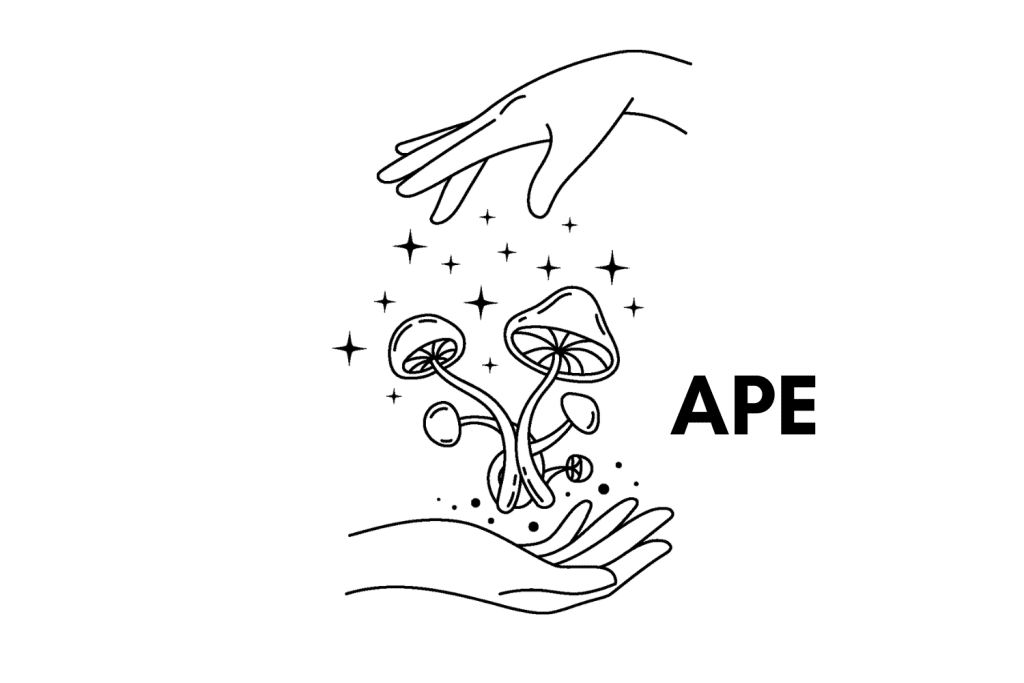
1. Albino Penis Envy
Albino Penis Envy is a non-pigmented mutation of the original Penis Envy strain. It retains the original strain’s iconic phallic shape and otherworldly potency, but the fruits are entirely white.
This strain is popular for its unrivaled potency and ghostly looks. However, it’s a little harder to grow than the pigmented strain because it’s prone to aborts. Those who take on the challenge could be rewarded with some truly awesome-looking shrooms with combined psilocybin and psilocin levels up to 2.34%.
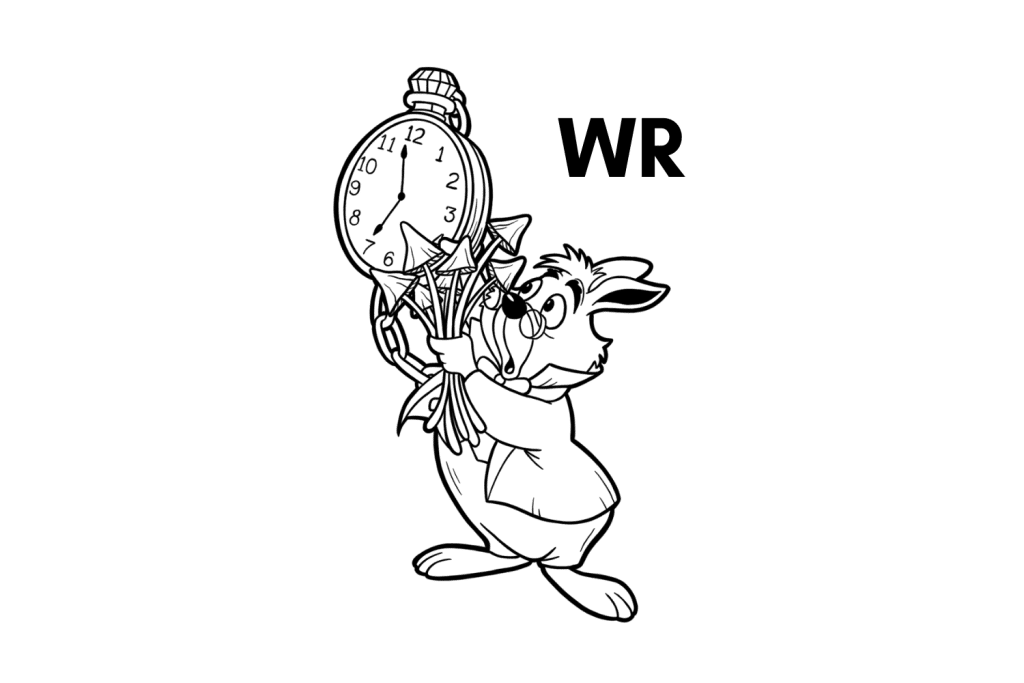
2. White Rabbit
White Rabbit is a hybridization of Albino Penis Envy and Moby Dick (a cross between Golden Teacher and A+) — two non-pigmented strains famed for their potency. White Rabbit is a well-rounded strain with impressively high potency.
A group of cultivators in Holland created White Rabbit, and the strain is growing in popularity because of its high potency and ease of cultivation. This strong albino strain is surprisingly aggressive and contamination-resistant, making it a brilliant choice for growers with less experience who want to produce high-potency albino fruits at home.
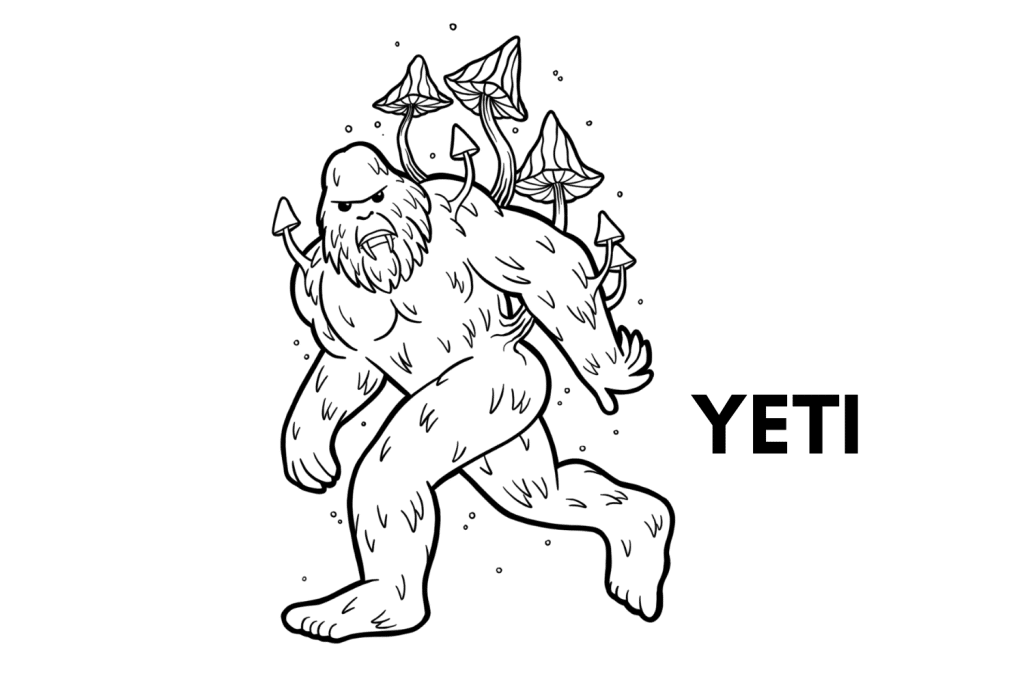
3. The Yeti Strain
The Yeti strain is a genetic isolation of the “True Albino Teacher” strain and was created by the renowned mushroom breeder and frequent Shroomery user “Jik Fibs.”
The look and feel of these shrooms are comparable to the original Golden Teacher strain. However, they’re far lighter in color — almost white — but being leucistic, streaks of yellow or gold can occur on the caps.
Average potency sits at 0.96% psilocybin (1.17% total tryptamines), with the strongest sample entered into the Psilocybin Cup producing 1.56% total tryptamines.
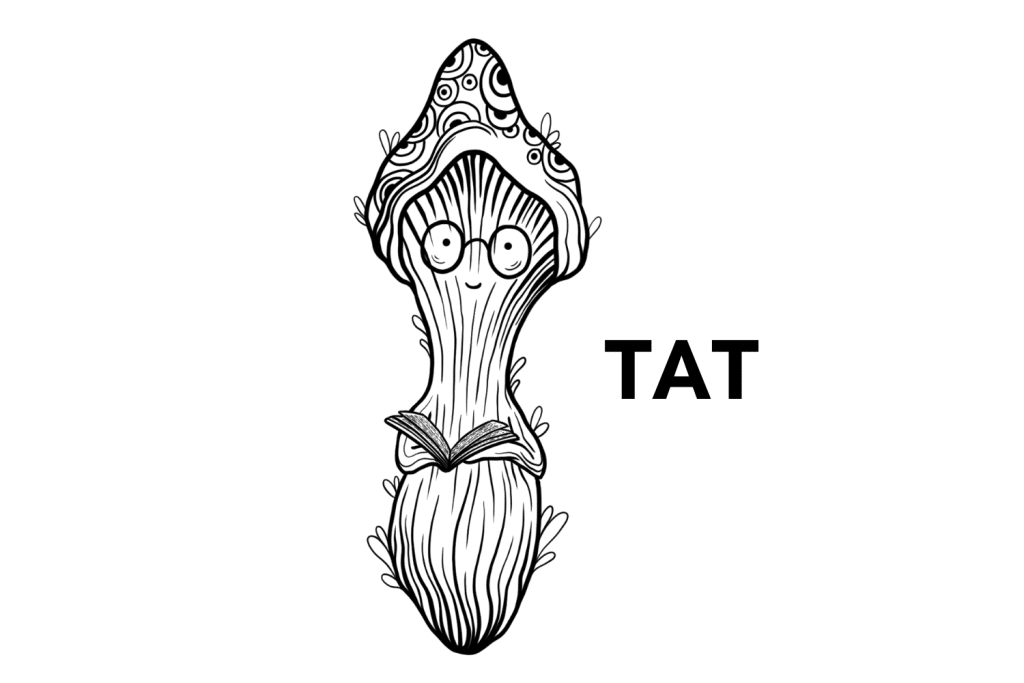
4. True Albino Teacher
True Albino Teacher is an albino variant of the famous Golden Teacher strain. It retains the same growth characteristics, contamination resistance, and potency as the GT strain but is completely colorless. The average True Albino Teacher shroom produces 0.81% psilocybin, 0.06% psilocin, and 0.87% total tryptamines.
This is the perfect option for the beginner wanting to grow a non-pigmented strain for their first or second grow.
Frequently Asked Questions
Next, we’ll look at a few questions people tend to have regarding shrooms.
1. How Are Non-Pigmented Psilocybe cubensis Strains Created?
Albino and leucistic strains are created through selective breeding.
Spores are collected and isolated when a unique genetic mutation produces low- or non-pigmented mushrooms — this ensures that the offspring will carry the same genetic mutation that causes the lack of pigmentation.
Once isolated, the spores are then cultivated. The “whitest” fruits are isolated once or several times until a reliable spore sample produces guaranteed white mushrooms. These spores are then collected and distributed through online spore vendors.
2. What’s the Best Way to Store Psilocybe cubensis Mushrooms?
If you’re planning on cultivating Psilocybe cubensis shrooms of any variety, you may end up with too many fresh shrooms for one sitting. If you preserve and store them correctly, they’ll retain their potency for a long time.
Magic mushrooms will last in the fridge for up to a week, but they’ll need preserving if you want to increase their shelf life.
Drying magic mushrooms is the easiest way to preserve P. cubensis shrooms after harvest. For all but the largest of cubes, spread the mushrooms evenly on a large piece of grease-proof paper and leave them in a dark, ventilated room to dry naturally.
If you want to speed up the process or have larger shrooms to dry, make sure they are completely moisture-free and use a dehydrator — which can dry them out in as little as 10 hours. Set the machine on the lowest temperature possible and leave it running until the mushrooms audibly “crack” when snapped in half.
Once the shrooms are dry, store them in airtight glass jars with a small pouch of food-safe silica gel — this will ensure any remaining moisture is absorbed. Dried mushrooms stored this way in a dark, cool cupboard will last for around a year before they begin to lose potency.
3. How Do the Effects of Psilocybe cubensis Compare to Other Psilocybin-Containing Mushrooms?
The effects of Psilocybe cubensis are similar to most other species that produce psilocybin. However, many species have higher levels of psilocybin and psilocin — Psilocybe azurescens and Psilocybe semilanceata, for example.
Other tryptamine compounds such as baeocystin, norbaeocystin, and aeruginascin may also play a part in the overall effects — this could make one species more visual and another more introspective. However, it’s still up for debate on how alternative tryptamines alter the psychedelic experience, as there’s limited data on how these compounds alter brain chemistry.

